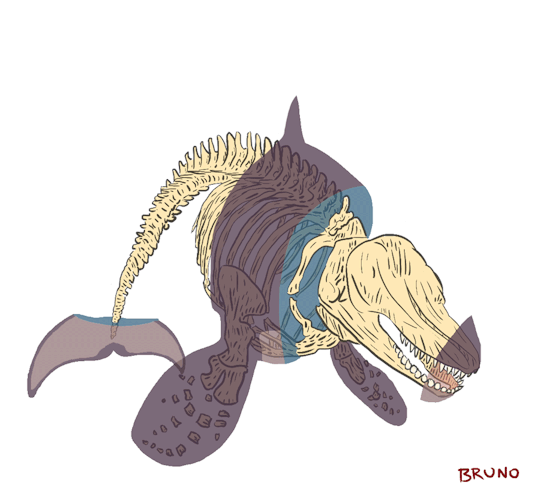Hi! I'm a Vet from Chile 😊 / vetblog & studyblr / Slytherin /
Don't wanna be here? Send us removal request.
Text

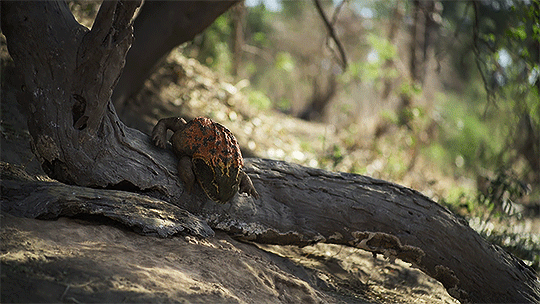


Beelzebufo ampinga, the giant Neobatrachian frog from Cretaceous Madagascar, trying its best.
Prehistoric Planet 2 : Episode 3 - Swamps
6K notes
·
View notes
Text

Philodryas chamissonis, commonly known as the Chilean green racer and the Chilean long-tailed snake, is endemic to Chile. Is a diurnal predator mainly of Liolaemus lizards, but also of amphibians, birds, rodents and juvenile rabbits.
This was a young specimen who was enjoying the sun beside me on the road.
9 notes
·
View notes
Text
me as a doc
nurse: THE PATIENT NEEDS OXYGEN
me: (moves a plant next to the patient) :D!
nurse: DOCTOR THIS IS NOT THE TIME
196K notes
·
View notes
Photo

The Pudu. comic by iris. for a zine-in-progress on bizarre animals. see also: the echidna
103 notes
·
View notes
Text
This Is a Chilean Pudu 💚💚💚 he is the smallest deer in the world .......🇨🇱🌱🌱
137 notes
·
View notes
Photo








Other places to see my posts: INSTAGRAM / FACEBOOK / ETSY
14K notes
·
View notes
Link
From whales to dolphins, Monterey Bay is alive with marine mammal songs, clicks and calls! Check out some of the deep sea audio captured by the Monterey Bay Aquarium Research Institute (MBARI).
206 notes
·
View notes
Photo

¡Feliz #LatinoConservationWeek!
The Hispanic Access Foundation organizes this annual event to highlight the Latinx community’s strong conservation values while promoting the enjoyment and protection of the outdoors.
Be sure to check out a Latino Conservation Week event—we’ve listed a few of our favorites on our website alongside some interviews with inspiring Latinx conservation leaders. ¡And! We’ll be hosting a live Kelp Forest lotería game on our social channels this Wednesday at 3:30PM PT—we hope to sea you there! ¡Vamos!
172 notes
·
View notes
Text
stay healthy and active
During the quarantine, it’s important to stay healthy and active. If you are not in the mood to workout, keep them for another day or do some yoga to relax. Exercising would be great for studying break and helps your blood flow. These videos only take around 20-30 mins to complete.
Workout Video:
Cardio and Pilates
Cardio Kickboxing
Full Body HIIT Workout
Core and Abs Workout
Barre Sculpting Workout
Stretching Stress/Anxiety Relief
Yoga to Feel Your Best
Youtube Channel:
Popsugar Fitness
Yoga with Adrienne
MadFit
Chloe Ting
Kayla Itsines
Fitness App:
Nike Training Club
Sweat - Kayla Itsines
Sworkit
Wakeout! (Exercise for busy people)
Adidas Training

Maybe check out my other posts too!
30-day Journal Prompt
Tips for Remote Learning from Home
Mini guide to Dalgona Coffee
Stress Detox for Online Learning
738 notes
·
View notes
Photo

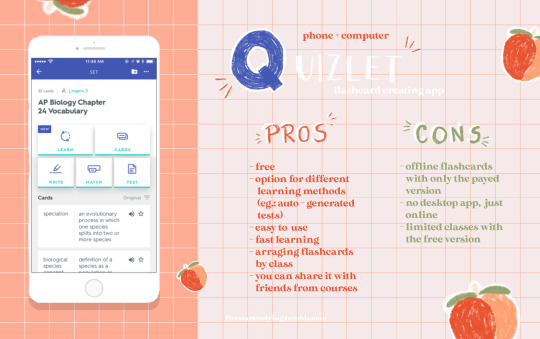






𝓂𝓎 𝒻𝒶𝓋𝑜𝓇𝒾𝓉𝑒 𝒶𝓅𝓅𝓈 𝒻𝑜𝓇 𝓊𝓃𝒾 🍑
In this post, I list 7 of my all-time favorite apps / chrome extensions that I use daily. I hope I can help out some fellow uni students who are struggling. This might help make studying less painful and a tiny tiny bit more enjoyable.
love, edith 🌾
ig.: @fivestarstudy_
14K notes
·
View notes
Photo

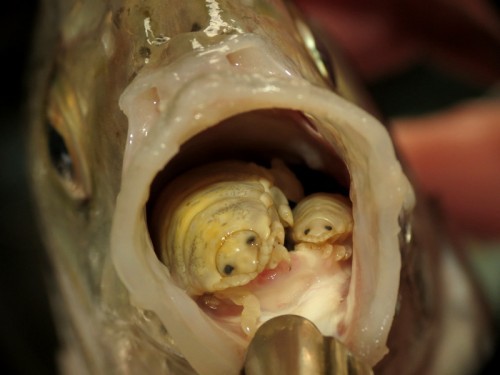

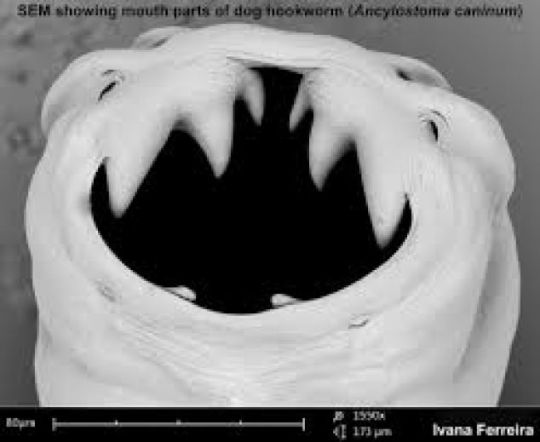
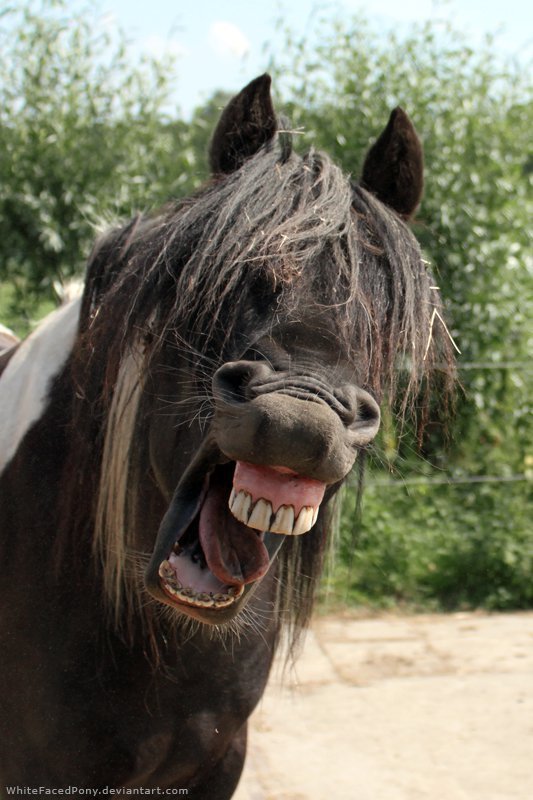
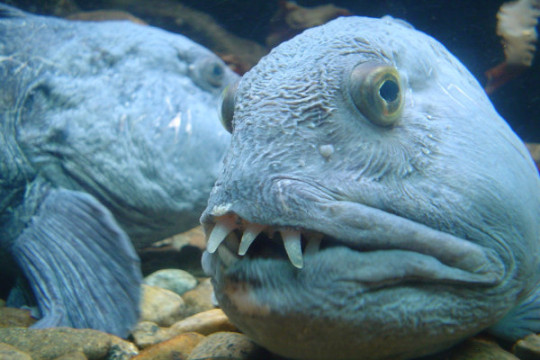


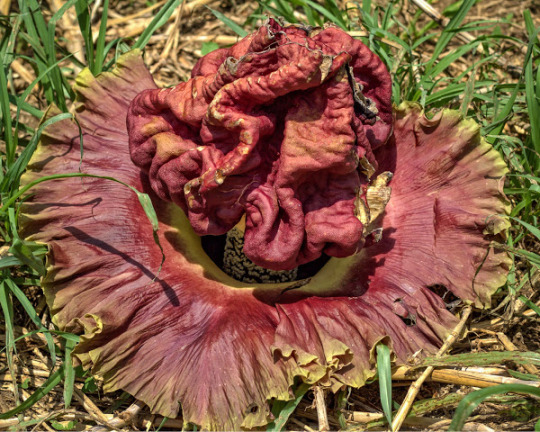

You know a lot of us who like biology always end up talking so much about how actually this animal or this plant is really pretty when you look at it this way and there’s this thing it does that’s really nice and it’s important to the ecosystem because of this and this and this but if we’re being REALLY real, some animals look like someone rolled a big ball of dirt in some wet hair and they don’t do anything but scream and shit and eat all the skin off of some other animal but that’s why you should love them. It is amazing to live in a world where big weird sacs of meat grow sharper harder meat so they can rip open another sac and put its meat inside of theirs. Nobody would find skunks nearly as entertaining and memorable if they didn’t defend themselves with a wet reeking eye-searing assblast from hell. Bloodsucking insects are fantastic mechanisms of evolutionary engineering whose obnoxiousness to us has nonetheless inspired so much art and culture and music. The bayou isn’t the bayou if there’s not a chance a gator will rip you in half. Even some of the things we deliberately bred to be cute, like teacup chihuahuas, are cute because they look like someone’s foggy memory of what they think a sewer rat probably looks like, and it’s also marvelous and special that sewer rats are real too, that there’s little squeaky scaly-tailed hairballs scurrying around in dark tunnels we built to contain the sheer amount of piss we make every day. That’s nuts! Things are majestic and precious and exciting because they aren’t clean and neat and perfect and harmless. Nothing alive has to be justified as beautiful or beneficial to anybody else and guess what that even goes for you too, surprise twist, you may have to justify how you treat other people but you never ever have to justify just existing and you don’t have to exist for a reason because nothing ever has or will c:
4K notes
·
View notes
Text
RNA viruses in poultry (Part 2)
Avian influenza

Wild birds, especially waterfowl, are the reservoir hosts for influenza viruses. Infection of domestic poultry occurs through direct contact with wild birds, and then spread throughout flocks. Different virus strains vary in their ability to cause illness. Occasionally, there are major avian influenza outbreaks, and the current outbreaks caused by H5; N1 (and H7) virus subtypes are affecting huge areas around the world. In addition to chickens, avian influenza viruses can infect turkeys. Viral particles that are ingested or inhaled by birds replicate in the respiratory and intestinal tracts. Infection with the most harmful strains cause the virus to spread throughout the blood and destroy immune tissues and organs, leading to inflammation of the pancreas, heart, muscles, and brain. The most devastating form of disease caused by avian influenza viruses is commonly called fowl plague, and can cause sudden death. If birds survive for more than 48 hours, the disease is characterized by respiratory distress, diarrhea, tearing, blue discoloration of the comb and wattles, as well as swelling of the head, neck, and face. The less damaging strains cause decreased appetite and egg production, with mild respiratory disease and inflammation of the sinuses.
Avian influenza viruses are potentially zoonotic. During the current H5;N1 outbreak, the transmission of avian influenza viruses from birds to humans has been reported, but the disease has not yet been documented to spread from a diseased human to a second person. Unless the virus mutates to a more readily transmissible form from human to human, the danger of a human pandemic is low.
Newcastle disease

There are a variety of different avian paramyxoviruses (PMV), with the most important being PMV-1 or Newcastle disease virus (NDV). NDV infects all birds, and produces disease varying from mild infection of the respiratory tract to severe disease and death in young chickens and turkeys. Other bird species are generally more resistant, but may serve as carriers which appear healthy while still being able to shed virus particles and infect other birds. Initial viral replication takes place in the lining cells of the respiratory and intestinal tracts, then the spleen and bone marrow. After spreading through the blood, the virus reaches its target organs: the lung, intestine, brain and spinal cord. It causes bleeding throughout the upper gastrointestinal tract, intestines, muscles, and heart. In the brain, NDV causes inflammation and kills neurons. The clinical signs depend on the specific strain of virus, as well as the age and immune health of the host. There is a loss of appetite, huddling, weakness, an enlarged crop, foamy mucus in the mouth, discharge from the beak, and yellow-green diarrhea. Nervous system signs include paralysis of wings and/or legs, torticollis or a crooked neck, circular movements, and spasms. In laying hens, NDV also drops egg production.
The clinical diagnosis of NDV must be confirmed by laboratory testing of tissue samples and blood. Vaccine administration within drinking water or aerosol is widely practiced against NDV.
NDV can produce conjunctivitis (pink eye) in humans, but it has been primarily seen in laboratory workers, and members of vaccination teams and poultry processing plants. It has not been reported in people who raise poultry or consume poultry products.
Turkey viral rhinotracheitis
In young turkeys, this disease is characterized by excessive mucus, sneezing, conjunctivitis, swelling around the head, and death. The disease also occurs in chickens and presents as a milder form of respiratory disease, termed “swollen head syndrome”. The virus replicates in and destroys lining cells of the trachea. Diagnosis is confirmed through the detection of antibodies in blood, and vaccines against this disease are available.
Avian lymphoid leukosis and sarcoma
Oncogenic (tumor-forming) retroviruses such as avian lymphoid leukosis can be transmitted between individual birds within a flock, and passed down from hens to their chicks. Chicks infected by other birds when they are at least 5 to 6 days old will produce antibodies to defend themselves against the virus, and will not develop leukemia, or cancer of the bone marrow. If they are infected earlier or within the egg, the virus will survive in their blood for long periods of time, increasing the likelihood that they will develop leukemia and other types of disease. These chickens also constantly shed virus and are a major source of infection. The virus causes immune cells to slowly infiltrate various organs, resulting in abnormally thickened bones, and malignant kidney tumors. Other strains of the virus cause rapidly-developing bone marrow cancers, anemia or an abnormally low red blood cell count, and bleeding tumors. In addition, egg production and quality in flocks infected with avian retroviruses may decrease.
Flock history, clinical signs, postmortem examination and microscopic evaluation of tissues are usually sufficient to diagnose avian leukosis, but infected birds can be detected based on the presence of viral antigen in cloacal swabs, semen, or egg albumen. There are no vaccines against avian leukosis, so its control is based on the genetic selection of chickens that are resistant to these viruses, and their eradication from selected flocks. Hygiene is important in minimizing the level of virus contamination, especially at hatching.
Part 1 here
Source: all info is from my vet med school notes
43 notes
·
View notes
Text
Vetmed can be a little dark at times...
And so I bring up the topic of “tunes you sing in your head whilst carrying out CPR”.
The other day, during a fairly stressful revival of a patient, me and 3 other colleagues were rotating doing CPR. We found out we each sing a different tune in our head to get the rhythm right.
Of course there’s Stayin’ Alive. The classic. The dark humoured one that everyone remembers being taught at vet school.
Personally, I do “pop goes the weasel”. Don’t ask me why, I don’t know and I don’t know how I discovered it fits well. You just have to avoid pressing harder during “pop”.
My friend does baby shark?????? This was a revaluation to me. Honestly, mind blowing.
And then, the final, and possibly my favourite because it came from someone so unsuspecting... The Imperial March.
Are there others?? Because I’d love to hear them.
118 notes
·
View notes
Photo
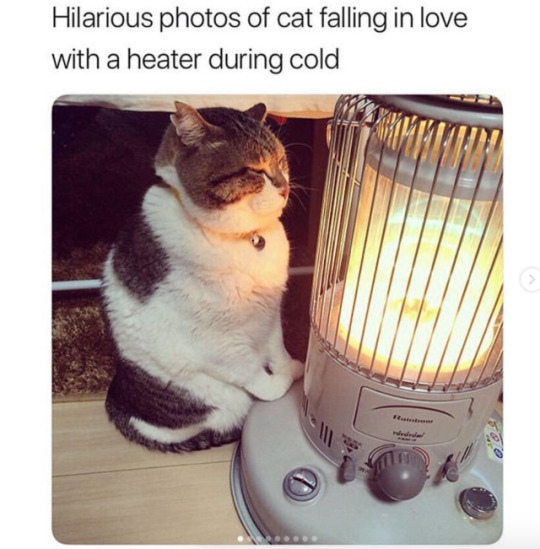
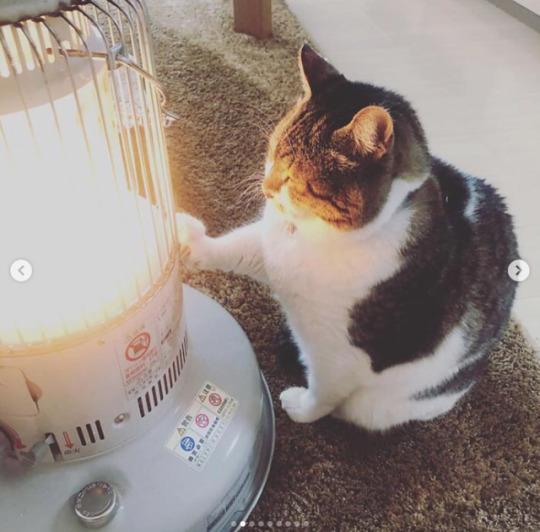
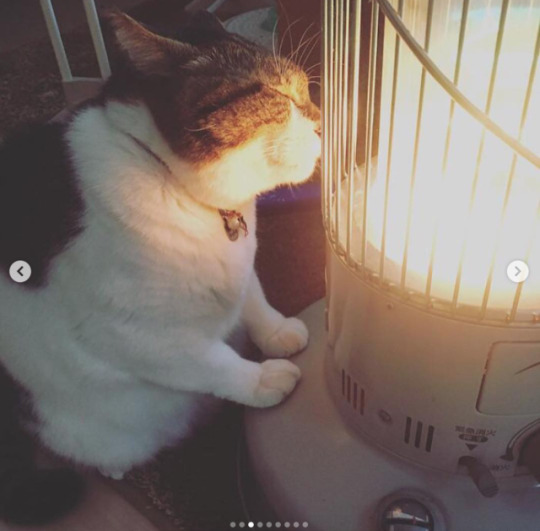
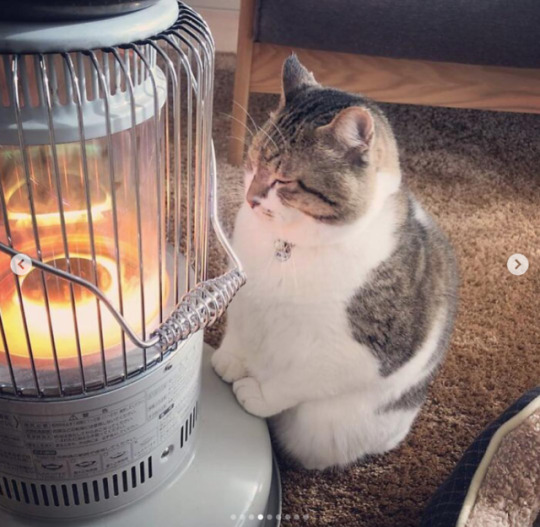
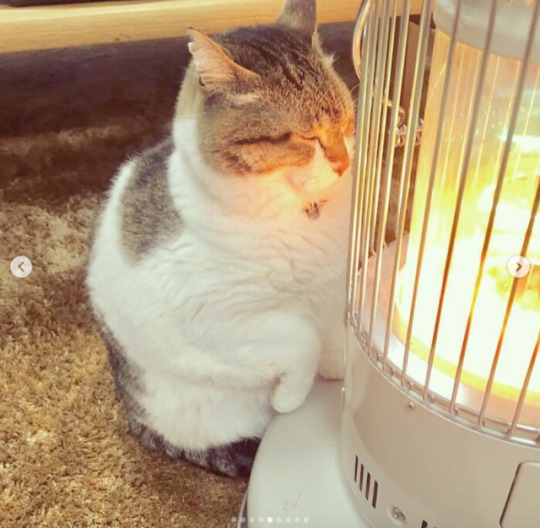
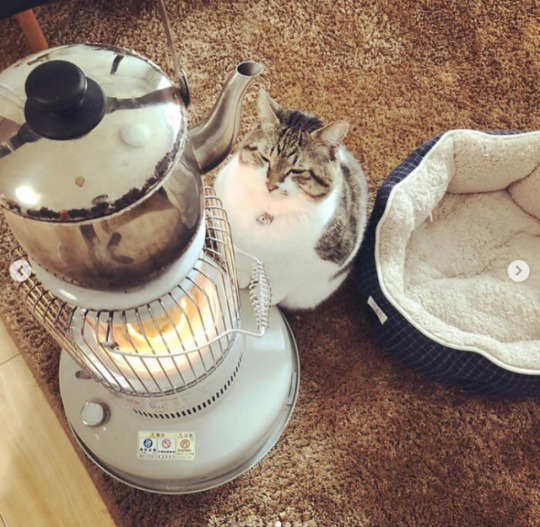
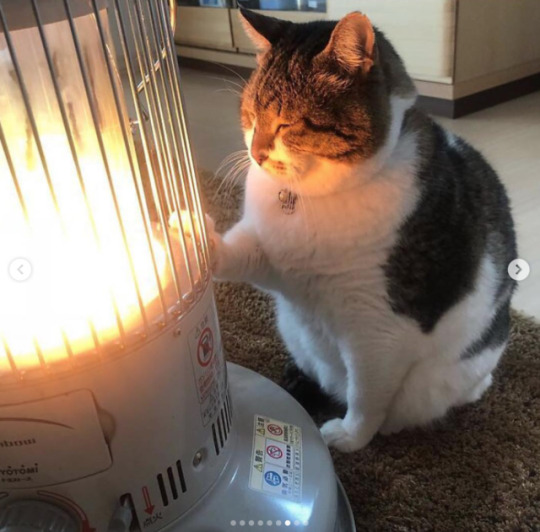
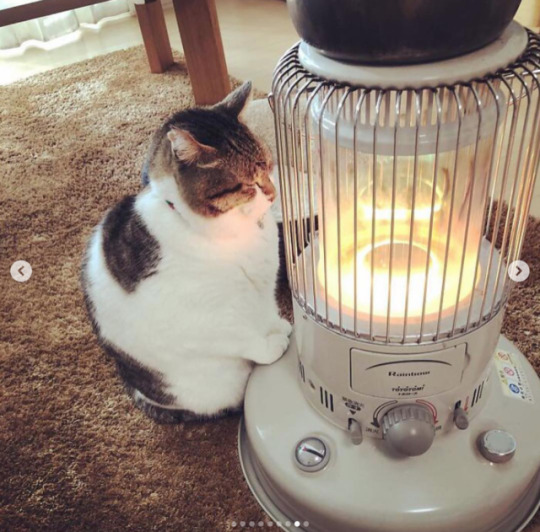
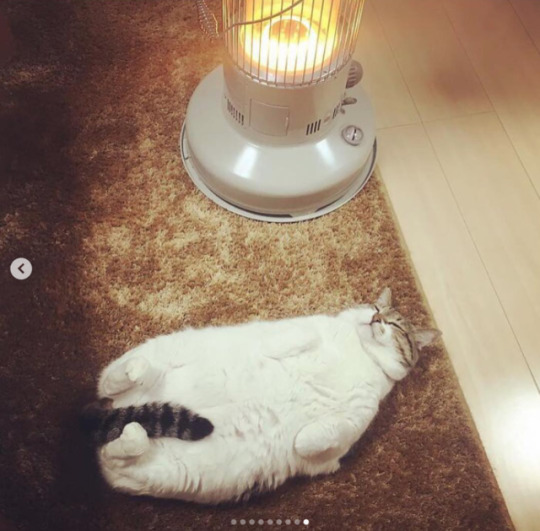
These pictures will make your day better (@tanryug)
95K notes
·
View notes
Text
Preparing to Say Goodbye
Death is something that we often don’t like to talk about and sometimes we aboid because is something distressing, sad and uncomfortable but is the circle of life and as much as we would love to have our cherished companion animals beside us forever, it is something we can't avoid.
We never think about it too much because it's too painful to imagine, until the day arrives.
Ragnar is my hedgehog companion, we have live 3 years together but the inevitable day has come. He was diagnosed with a really aggressive neoplasia and my vet told me that it's time to say goodbye.
Being prepared for that inevitability sad day, may help me to be better able to cope with the loss when it does occur. But I'll not negate that it's hurts like hell just imagine my future with out him... He's part of my family.
So... I started reading how I can be prepared and what does it mean to be prepared.
Well, being prepared means many things. There are emotional, spiritual, and practical ways to prepare.
Being prepared doesn’t mean that you have given up, stopped caring or no longer love your companion. It means that you are ready to say goodbye and give them a rest of the pain and discomfort...

As much as I’d like to offer you a solution which will provide you with the recipe, well it doesn't exist.
But this I'll write a few things that may help you:
Acknowledge grief feelings if they arise.
The best way to deal with this is let all out. Don't negate or hide your feelings. What these grief feelings can do is provide you with an opportunity to say goodbye and find closure. If you do not experience anticipatory grief, this is normal too. It’s not an indication that you are in denial of the impending death or that you don’t care for your beloved companion animal. Grief is unique and everyone experiences anticipated losses differently.
Make all the things you always wanted to do with them.
Write down a bucket list of activities you and your beloved companion can do together to make the most of their time here.
And live the moment, anticipating the death of your beloved companion can sometimes mean we lose sight of the opportunity to enjoy the moments we have left with them.

Surround yourself with supportive friends and family.
To help yourself prepare for this sad day, surround yourself with supportive, caring and accepting friends and family, they will be your rock.
Losing a beloved companion is hard.
Grief is painful and comes and goes in waves it's part of the process.
Sometimes I smile and laugh with Ragnar but sometimes I cry a river... But I know is the best for him and I did all the things I could do, same thing with his vet. And I really glad to had him as my little companion, I learned a lot of hedgehogs, love and life.


I will miss you, my little fufú ❤️
#Hedgehog#saying goodbye#vetstudent#vet student#vetblr#veterinary medicine#hedgie#african pygmy hedgehog#Dealing with lost#dealing with death
29 notes
·
View notes
